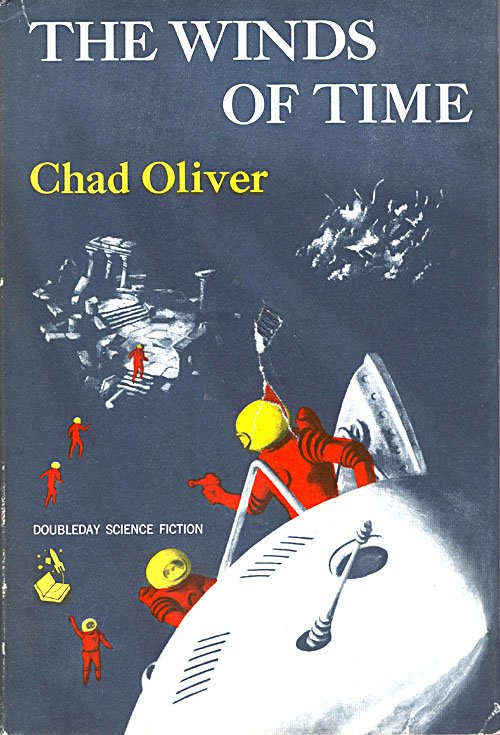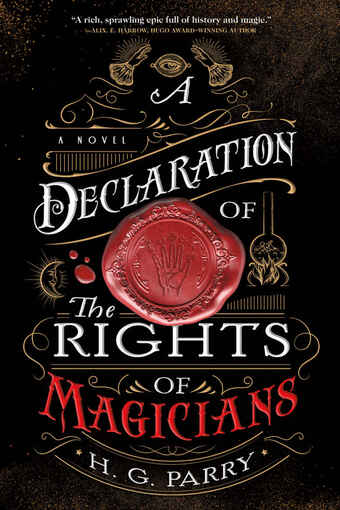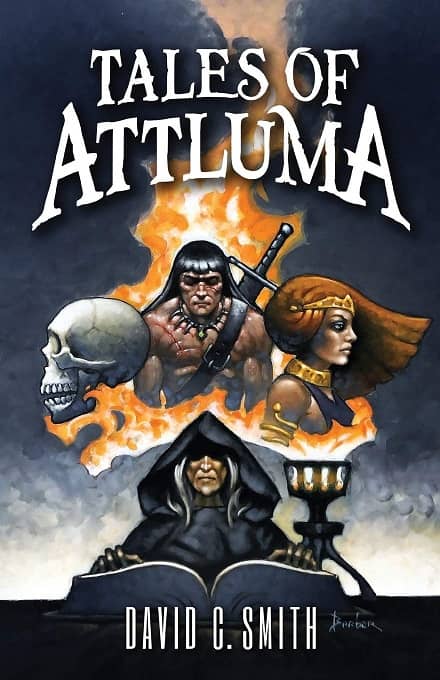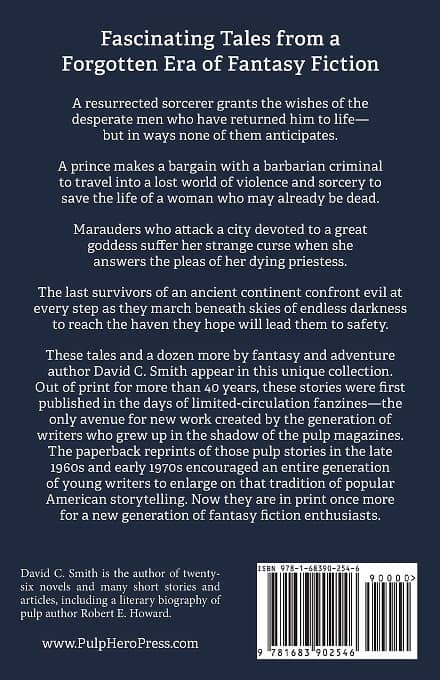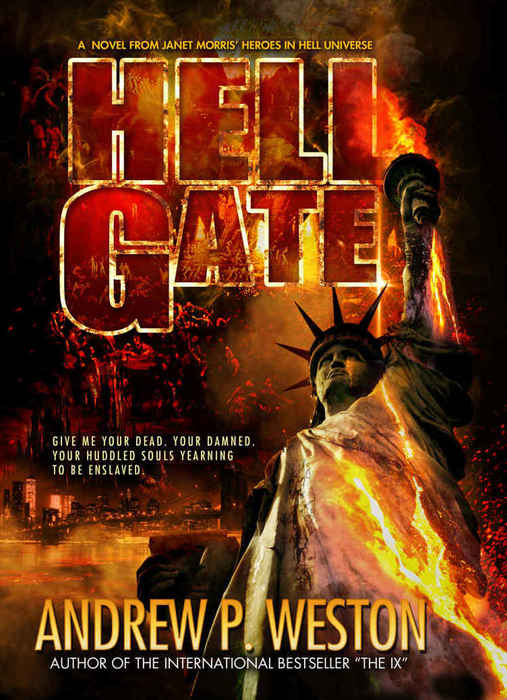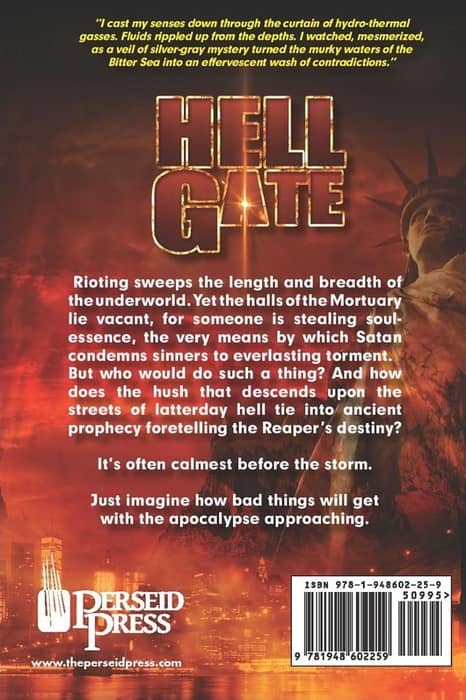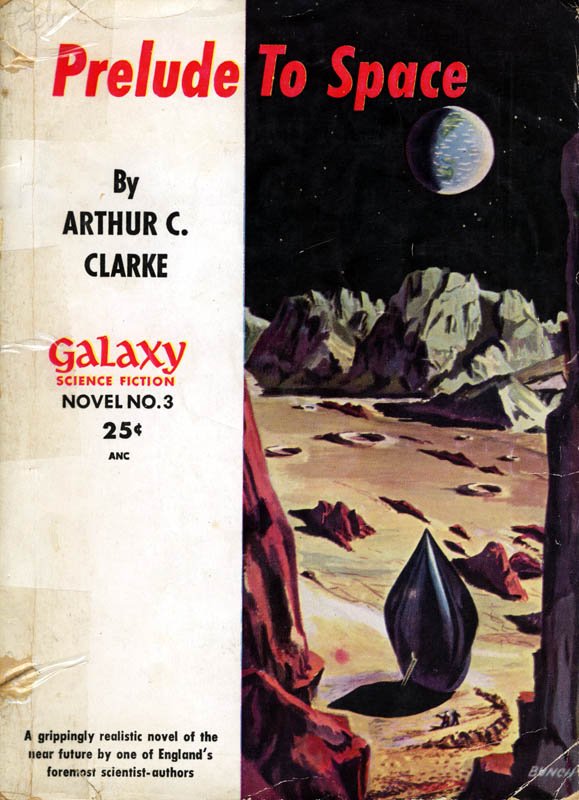Unbearable Utopias and Harrowing Adventures on Alien Planets: The Best of Jack Williamson
 |
 |
The Best of Jack Williamson (Del Rey, 1978). Cover by Ralph McQuarrie
The Best of Jack Williamson (1978) was, according to my research, the fifteenth installment in Lester Del Rey’s Classic Science Fiction Series. Frederik Pohl (1919–2013) provided the introduction (his second in the series, he also did the intro for The Best of C. M. Kornbluth). Jack Williamson (1908–2006), who was still living at the time, does the Afterword. The famous sci-fi artist Ralph McQuarrie (1929–2012) provides his first (and only) cover in the series.
Jack Williamson’s writing career spans close to a century! He began professionally writing all the way back in the Hugo Gernsback “scientifiction” pulps, and continued all the way up to and beyond the Star Trek/Star Wars science fiction popularization of the late Twentieth Century. In addition to winning several awards such as the Hugos and Nebulas, the Science Fiction Writers of America named Williamson its second Grand Master in 1976, the first being Robert Heinlein (1907–1988). Also, in 1994 Williamson received a World Fantasy Award for Lifetime Achievement and in 1996 he was part of the inaugural class of inductees into the Science Fiction and Fantasy Hall of Fame. He received various other awards before his death in 2006 at the ripe old age of 98.
Given this long and illustrious career, it beggars no disbelief that the fourteen stories in The Best of Jack Williamson represent over fifty years of his writing. Presented in chronological order, the earliest stories are pure juvenile pulps and progress up through the “New Wave”-ish/Harlan Ellison era to darker themes and more mature stories. Though The Best of Jack Williamson is clearly the work of one science fiction writer, it can also be seen as a sort of panoramic history of science fiction in the Twentieth Century in general. Williamson was diverse but various themes seem to recur.
